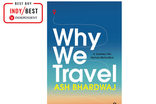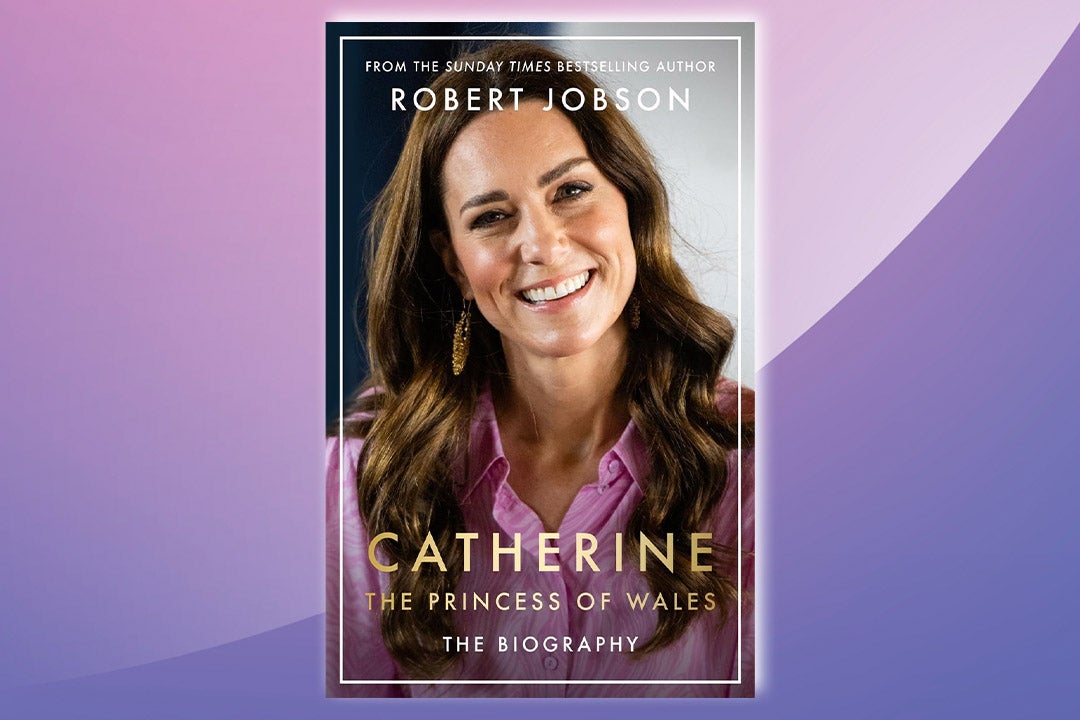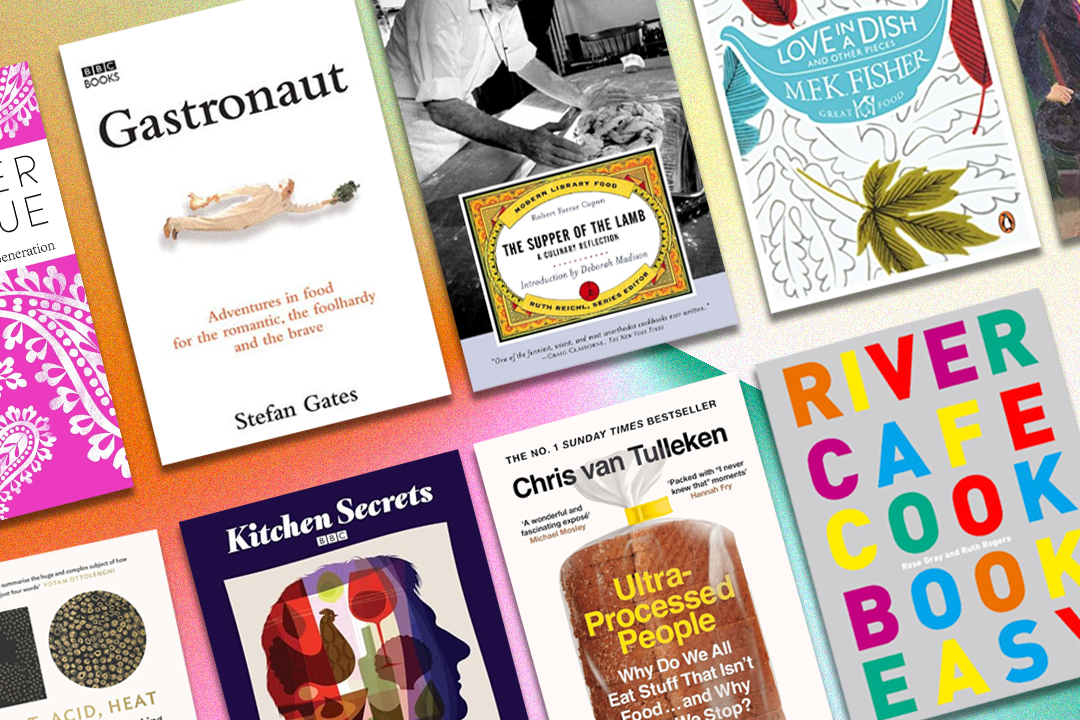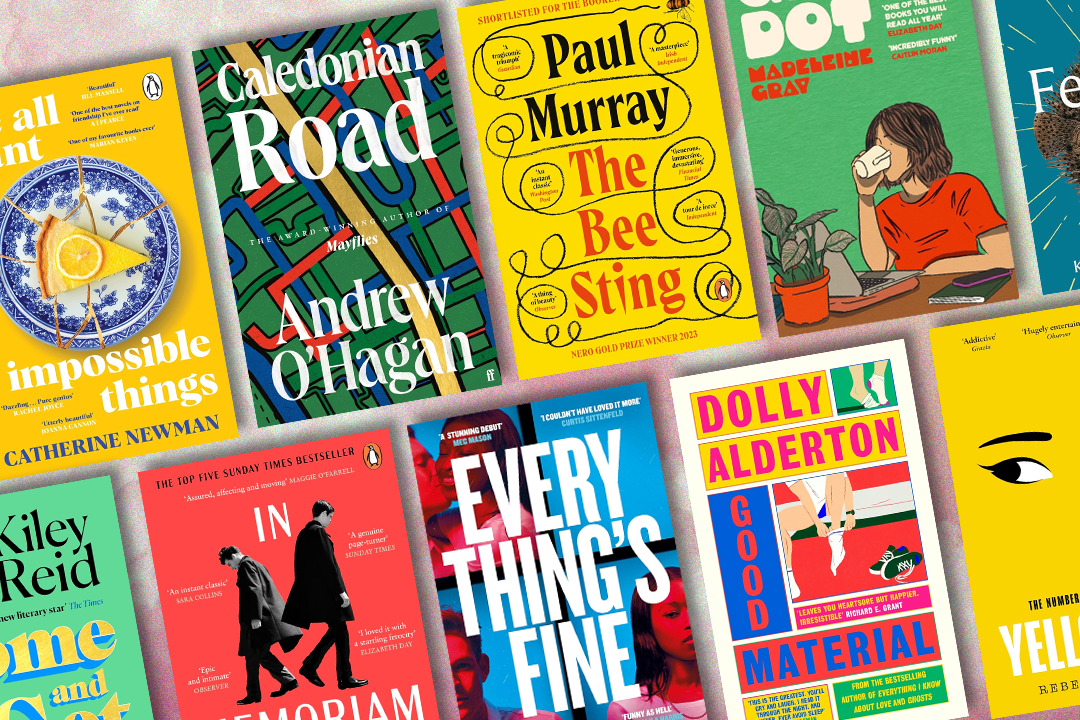The Independent's journalism is supported by our readers. When you purchase through links on our site, we may earn commission. Why trust us?
9 best travel books to inspire your next adventure
From eco-minded adventures to coffee-table tomes, these travel books left us totally transported
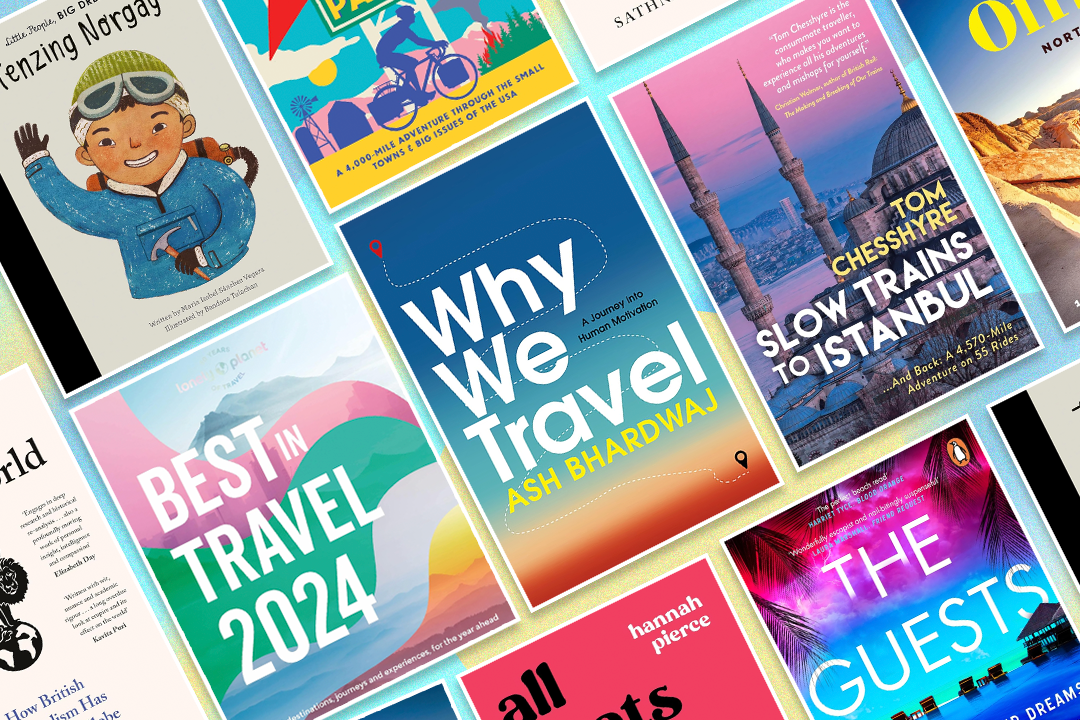
Book sales rocket during periods when we’re most likely to jet off on holiday (there’s always room in the suitcase for just one more), be that during school summer break or Easter weekend. However, the best travel books can (and should) be read year-round, whether you’re heading off on your own adventure or relaxing at home.
There are myriad travel books to dive into, from books designed to fuel our sense of wanderlust with stories about far-flung places to those that focus on how certain aspects of history shaped destinations we know and love. Owing to the sheer number, it can be tricky to know which tomes to plump for and which should be left on the shelf.
Here, I’ve rounded up my favourite travel titles, including guidebooks (the two Lonely Planet entries will make for brilliant gifts), memoirs and more. One thing all of these books have in common is their ability to provide insights into not only specific destinations but the wider world, albeit in very different ways.
Keep scrolling for our full review and to get your daily dose of wanderlust.
How I tested
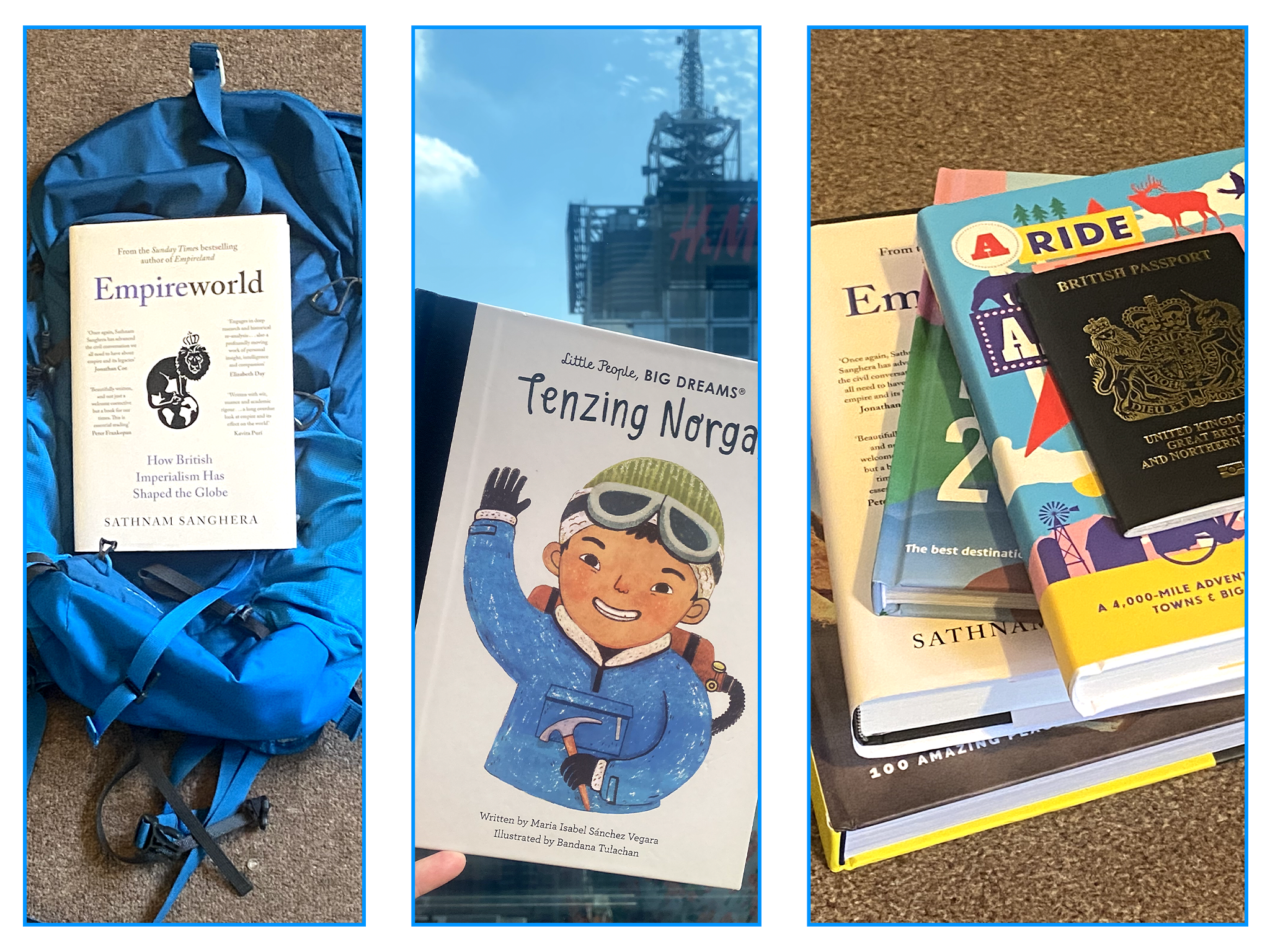
I selected a range of travel books to suit different tastes. Some were enjoyed at home while others were read during a jaunt across the US, on internal flights, train journeys and at airport check-in desks. I considered not only the written content but, where relevant, the images and added extras. Although I’ve listed the prices for physical copies, ebooks are also available for all of my recommendations.
The best travel books for 2024 are:
- Best overall – Why We Travel by Ash Bhardwaj, published by Bedford Square Publishers: £15, Amazon.co.uk
- Best coffee table book – Best In Travel 2024, published by Lonely Planet: £9.98, Amazon.co.uk
- Best children’s book – Little People, Big Dreams: Tenzing Norgay by Maria Isabel Sanchez Vegara, published by Frances Lincoln Children’s Books: £9.15, Amazon.co.uk
- Best for holidays – The Guests by Nikki Smith, published by Penguin: £4.50, Amazon.co.uk
- Best UK-specific travel book – All Boats Are Sinking by Hannah Pierce, published by Summersdale: £9.85, Amazon.co.uk
1‘Why We Travel' by Ash Bhardwaj, published by Bedford Square Publishers

- Best Overall
- Pages 272
- Why we love it
- Includes fascinating facts
As a travel writer, I’ve always respected Ash Bhardwaj’s work. The title of this book initially left me wondering whether it would be a speculative look at the benefits of travel or an autobiographical look at the author’s globe-spanning explorations to date. As it turns out, it’s both – and much more. Bhardwaj’s memories of his childhood in Windsor and a school rugby tour double as deep dives into the reasons for our wanderlust, but I also learned a lot (for example, the mind-boggling fact that Hinduism had 330,000 gods).
For me, the most fascinating bits related to Bhardwaj’s adventures – joining friend Levison Wood for stints of his walk along the Nile; forays through far-flung corners of the world (as a fan of Japan, the section focusing on Hokkaido was a favourite), and adventures closer to home. Most importantly, in an era when many travellers are simply keen to simply scratch off another section on a foil-backed map, it’s a call to action to consider the benefits of thinking about what we want to achieve from our travels, too.
2‘Best In Travel 2024', published by Lonely Planet

- Best Coffee table travel book
- Pages 224
- Why we love it
- Fantastic photography
- Information goes beyond the obvious
Wondering where to go for your next holiday? Start with this tome, which is part guidebook, part listicle (albeit a very in-depth one). The perfect book to have on hand for when you’re wondering where to go next, but you can also simply sit and peruse it, for a bit of escapism.
The photographs are gorgeous and the information relating to the destinations listed in each top 10 (countries, cities, regions, best for value and best for sustainability) goes well beyond the obvious, highlighting lesser-known areas and attractions in popular destinations. It also makes a great case for why often-overlooked areas (Saalfelden Leogang in Austria is now on my hit list for 2025) are worthy of being on your radar.
3‘Slow Trains to Istanbul' by Tom Chesshyre, published by Summersdale

- Best For train enthusiasts
- Pages 352
- Why we love it
- Entertaining anecdotes
I was rather excited to get my hands on this book. The insights into the destinations Chesshyre passes through are fascinating, and his obvious interest in the histories of these places meant I learned a lot too.
What I enjoyed the most, though, were the anecdotes that illustrate the unexpected joys that are part and parcel of off-the-beaten-path travel – whether it’s random encounters in bars in Bratislava or a tour led by a guide who starts her urban exploration by saying: “Feel free to leave if you are bored or hungry.” Brilliant.
4‘Little People, Big Dreams: Tenzing Norgay' by Maria Isabel Sanchez Vegara, published by Frances Lincoln Children’s Books
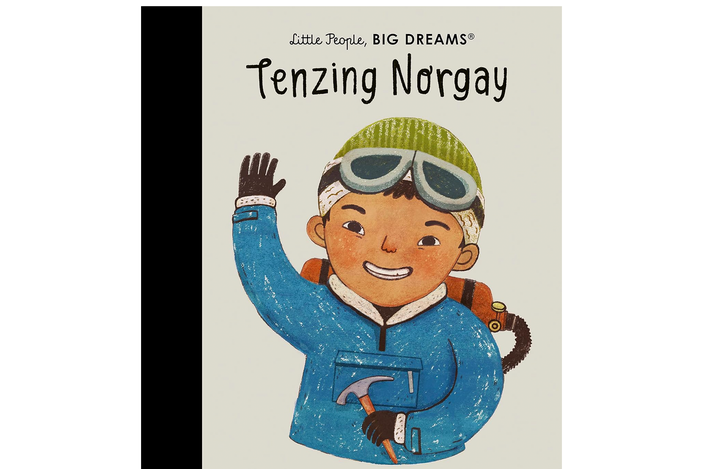
- Best Children’s book
- Pages 32
- Why we love it
- Inspirational for younger readers (and adults)
The late, great Tenzing Norgay is the kind of person we could all learn a lot from. A Nepalese-Indian mountaineer, he was one of the first two people to summit Mount Everest (he was Edmund Hillary’s sherpa). However, you don’t have to dream of following in Hillary’s footsteps to appreciate this children’s book, with its colourful, awe-inspiring depictions of the Himalayas.
The book not only focuses on the all-important climb of 1953 but also the obstacles Norgay overcame beforehand, including the 20 years he spent climbing Himalayan peaks before he was selected (out of 200 people) to be Hillary’s sherpa.
It’s a book that teaches the importance of a never-say-die attitude, as well as an inspirational tale about quite possibly the greatest mountaineer who ever lived.
5‘A Ride Across America' by Simon Parker, published by September Publishing

- Best Non-fiction book
- Pages 386
- Why we love it
- Fascinating insights into USA tourism
Let’s face it, there are more than enough books about epic bike rides/hikes/unicycles across various countries, but what sets Simon Parker’s book apart is his motivations, more specifically his desire to see whether the America he envisioned as a teen really exists. This makes it so much more than a merely observational book – he’s genuinely determined to take a deep dive into today’s USA. In doing so, he also provides a fascinating insight into the workings of tourism across the pond. Who knew, for example, that 0.1 per cent of overseas tourists made it to Arkansas in 2022, while Florida bagged 29.8 per cent of incoming tourists? Well, I do now, but I also know that even underrated Arkansas has some hidden gems – Subiaco Abbey, I’m coming for you.
6‘Empireworld: How British Imperialism Has Shaped the Globe' by Sathnam Sanghera, published by Viking

- Best Informative book
- Pages 464
- Why we love it
- Thought-provoking
As a travel writer, I found this book fascinating. Yes, it’s hard-hitting and brutally honest, but one could argue it’s about time (indeed, the writer points out Britain should have been more honest with itself about the realities of the empire long before now).
The book takes a no-holds-barred look at Britain’s colonial and imperial history – not just how the darkest periods continue to shape the world we live in, but how acknowledging the horrors of colonialism and imperialism is essential if we’re to move forward.
A side note – don’t be too intimidated by its 464 pages, as the main book finishes on page 247 and the rest (somewhat shockingly) is dedicated to an index and references.
7‘The Guests' by Nikki Smith, published by Penguin

- Best For holidays
- Pages 336
- Why we love it
- Quick and easy holiday read
We’ve always got time for some fiction in our suitcase. We don’t want to give the game away, but some basics: this book (which I suspect was heavily influenced by the White Lotus TV series) is set in the Maldives and focuses on the guests staying at a luxurious resort. In addition to the secrets they’re keeping, there are plenty of (unwanted) surprises in store for them, too.
The Guests is never going to win the Booker Prize, and shouldn’t be taken too seriously (as a keen diver who spends a lot of time in the Maldives, the clichés and inaccuracies almost drove me around the bend at times) but, for a quick and easy read, it does the job. Just make sure you pack some other books, too.
8‘Offbeat North America', published by Lonely Planet
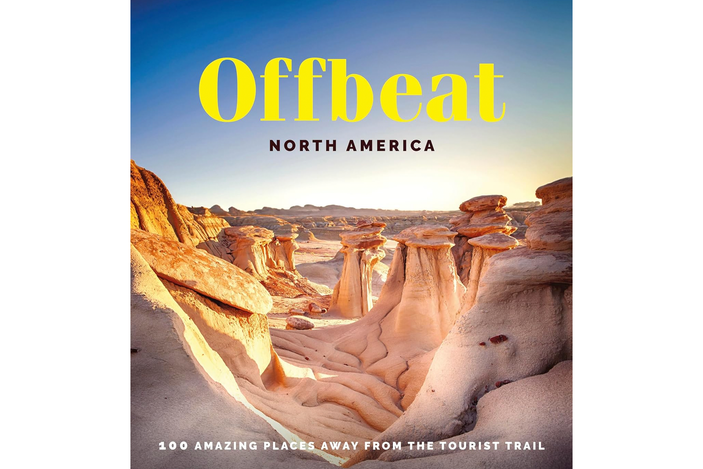
- Best For fuelling wanderlust
- Pages 328
- Why we love it
- Full of useful tips
- Spectacular photos
I’m a huge fan of offbeat destinations (my favourite trip will always be North Korea – a destination I was desperate to get to and finally visited around 15 years ago), so this book had instant appeal.
It’s another title that ticks multiple boxes – it’s brilliantly informative, but it’s also seriously stylish, putting my other dog-eared coffee table books to shame.
It goes well beyond being a simple list of places, too – for each entry, there’s in-depth information about where to stay, how to explore the destination and endless useful tips, whether you’re a first-timer or a repeat visitor. The sections about the best times to go were especially thorough (and useful) and the clear maps – alongside spectacular photos – make these places seem somehow less remote.
9‘All Boats Are Sinking' by Hannah Pierce, published by Summersdale

- Best UK-specific travel book
- Pages 368
- Why we love it
- Light, easy read for holidays
This memoir follows Hannah Pierce’s decision, following a break-up, to purchase a narrowboat named Argie Bargie and take to Britain’s waterways. Full disclosure: narrowboats move very slowly, as does this book at times, due to the mundane nature of some of the observations. However, it’s also unexpectedly informative and its slow pace is strangely calming – we don’t just learn about the history of Great Britain’s canals and navigations, we also learn about narrowboats (more specifically, how hard they are to maintain).
There’s plenty of humour, particularly relating to the more unfortunate incidents (such as when Hannah damages her hand mooring up her boat and meets a plastic surgeon strangely obsessed with her ring finger), and slightly random encounters (including one with boxer Tyson Fury). In summary, this is a light, easy read perfect for holidays – although, a passing interest in UK waterways helps.
The verdict: Travel books
Ash Bhardwaj’s speculative contemplation about why we travel is a fantastically written book that provides plenty of food for thought but is also full of colour, anecdotes and fascinating insights into the destinations in question. For an instant coffee table upgrade, you can’t go wrong with Lonely Planet’s Best In Travel 2024. While Tom Chesshyre’s story of an epic adventure to Istanbul didn’t just provide plenty of humour, it left us with a burning desire to visit the countries he describes so brilliantly, strange bars in Bratislava and all.
Want more recommendations? Find out what the IndyBest team are reading this summer
